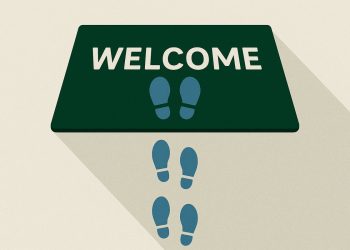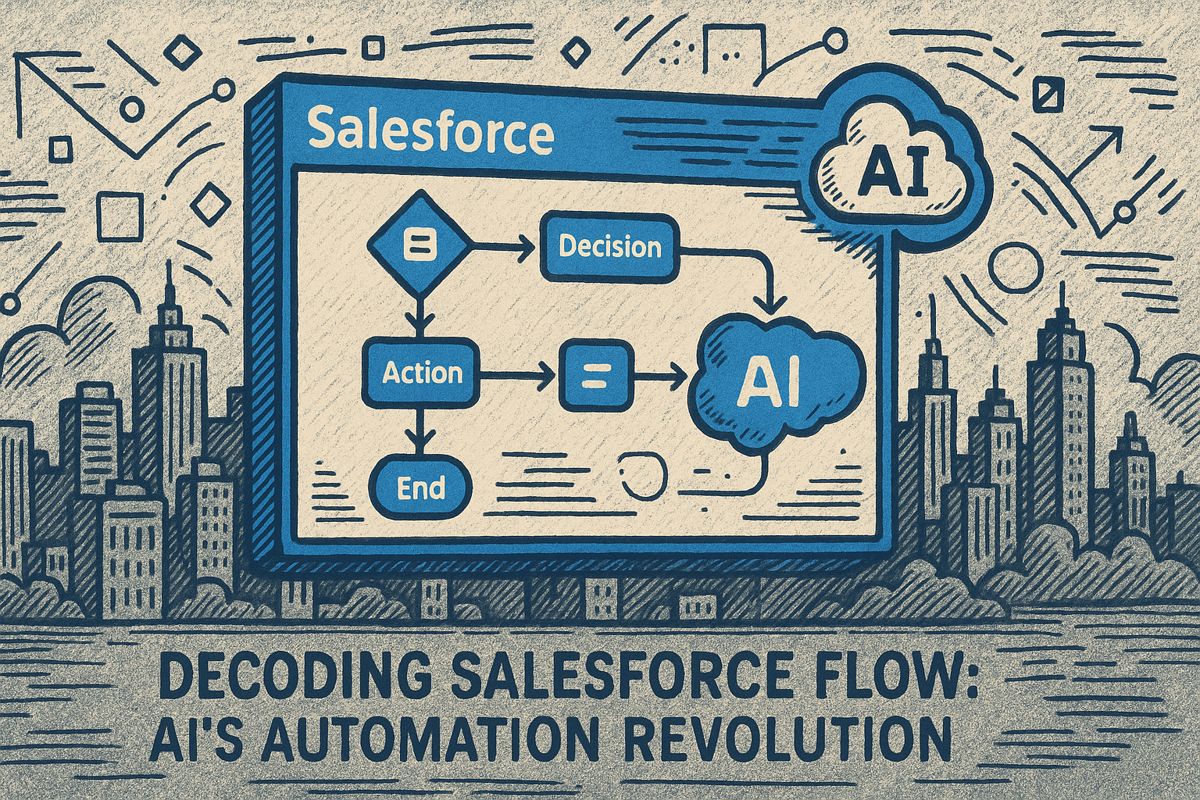Human-in-the-Loop AI empowers HR teams to reclaim their strategic role as people leaders by automating high-volume, repetitive work. This collaboration is proven to reduce hiring cycles by an average of 60 percent, according to real world examples, and frees recruiters from hours of manual resume screening. The core principle is clear: delegate repetitive tasks to algorithms while ensuring humans retain final control over context, culture, and ethical considerations.
This powerful hybrid model leverages AI’s ability to identify patterns in data at unparalleled speed, while reserving uniquely human skills – like evaluating nuance, ensuring fairness, and assessing long-term cultural fit – for HR professionals. Organizations that successfully blend these strengths achieve significant, measurable improvements in both operational efficiency and overall employee experience.
Efficiency Gains That Free Up Strategy Time
This strategic partnership works by delegating high-volume, repetitive tasks like resume screening and interview scheduling to AI algorithms. This frees up HR professionals to concentrate on high-value activities such as nuanced candidate evaluation, conducting in-depth interviews, and making final, context-aware hiring decisions.
For example, voice-based AI assessments have cut first-round interview times in half for large contact centers. In retail, automated payroll audits reduced correction tickets by 35% by catching errors pre-emptively. Similarly, General Electric’s PD@GE platform blends machine analysis with peer coaching, contributing to an 18% reduction in voluntary attrition. In every case, a human reviewer serves as the final checkpoint, proving that strategic oversight enhances trust without sacrificing speed.
Guardrails for Fair and Transparent Decisions
According to a 2025 McKinsey report, no organization should allow AI to make a workforce decision autonomously. To maintain fairness and accountability, HR leaders must implement critical guardrails, including transparent model documentation, regular bias audits, and clear opt-out channels for employees. These practices allow HR to transition from reactive problem-solving to predictive, data-driven strategy while maintaining full accountability.
However, a recent study revealed that only 5% of HR teams feel fully prepared to govern AI systems. This highlights a critical need for upskilling. Training workshops that teach teams to interpret algorithmic outputs, identify statistical bias, and question opaque “black-box” results are essential for creating a culture where technology informs – rather than dictates – decisions.
Emerging Roles and Skills in a Hybrid HR Office
The demand for AI fluency in HR is surging, with a Robert Half forecast showing related job postings growing 66% year-over-year. This trend is creating new, specialized hybrid positions at the intersection of HR and technology:
- Ethical AI and HR Compliance Officer – audits vendor tools and tracks bias metrics
- Conversational AI Designer – scripts candidate chatbots aligned with brand voice
- AI-powered Learning Architect – curates personalized development journeys from analytics
The emergence of these roles signals a fundamental shift in HR’s focus, moving from transactional processing toward strategic experience design.
Practical Starter Checklist
To responsibly embed a Human-in-the-Loop model, HR practitioners can begin with these four foundational actions:
- Map current workflows and flag every decision point where bias can affect outcomes.
- Pilot AI tools on low-stakes tasks, keeping manual review before any candidate or pay decision.
- Establish a cross-functional ethics board that includes HR, legal, and IT.
- Publish plain-language explanations of all AI uses to employees and applicants.
This approach aligns with global standards for transparency, data privacy, and human oversight. When implemented correctly, organizations consistently report shorter hiring cycles, richer engagement data, and a renewed capacity for strategic coaching and culture-building.
How exactly does “human-in-the-loop” AI cut hiring cycles by 60 percent without sidelining recruiters?
Real-time AI-assist platforms now pre-screen resumes, auto-schedule interviews, and surface top candidates while recruiters stay in control of every yes-or-no decision. In 2024-2025 pilots, this collaboration lowered average hiring time from 34 days to 14 days because recruiters could focus on culture fit interviews instead of inbox triage. The key: AI handles the repetitive 20-plus hours recruiters normally lose each week; humans handle the nuance.
What tasks should never be handed to AI alone in an ethical HR workflow?
High-impact decisions – final hiring, promotion, compensation, or performance ratings – need human sign-off. Governance frameworks from 2025 stress “never let AI make a workforce decision all by itself.” Instead, AI supplies data, flags patterns, and drafts documentation; people supply empathy, context, and accountability. This two-step keeps bias audits clean and keeps candidates trusting the process.
How does empathy stay in the driver’s seat when algorithms rank applicants?
Empathy moves from screening to storytelling. Once AI shortlists the top 10 percent, recruiters invest freed-up hours in personalized reach-outs, transparent feedback, and career coaching conversations. Companies using this balance saw 18 percent lower attrition in new hires because candidates felt heard, not filtered. Hebba Youssef sums it up: “The best HR tech balances intelligence with empathy.”
Which new HR roles are emerging as AI becomes standard?
2026 forecasts show Conversational AI Designers who script ethical chat flows, AI Compliance Officers who audit algorithms for fairness, and AI-Powered Learning Designers who tailor onboarding in real time. Only 5 percent of HR teams feel fully AI-ready today, so upskilling budgets are rising twice as fast as general HR hiring. The takeaway: learn governance and prompt-craft now to own tomorrow’s strategic seats.
What practical first step can a talent team take this quarter without blowing the budget?
Start with one repetitive pain point – usually resume triage or interview scheduling. Pilot a lightweight AI assistant that drafts shortlists or sends calendar links, then assign a human buddy to review every output for 30 days. Track time-saved per hire and candidate satisfaction scores; if the 60 percent cycle cut appears, expand slowly. This micro-pilot approach keeps risk low and trust high while proving ROI to the CFO.



















